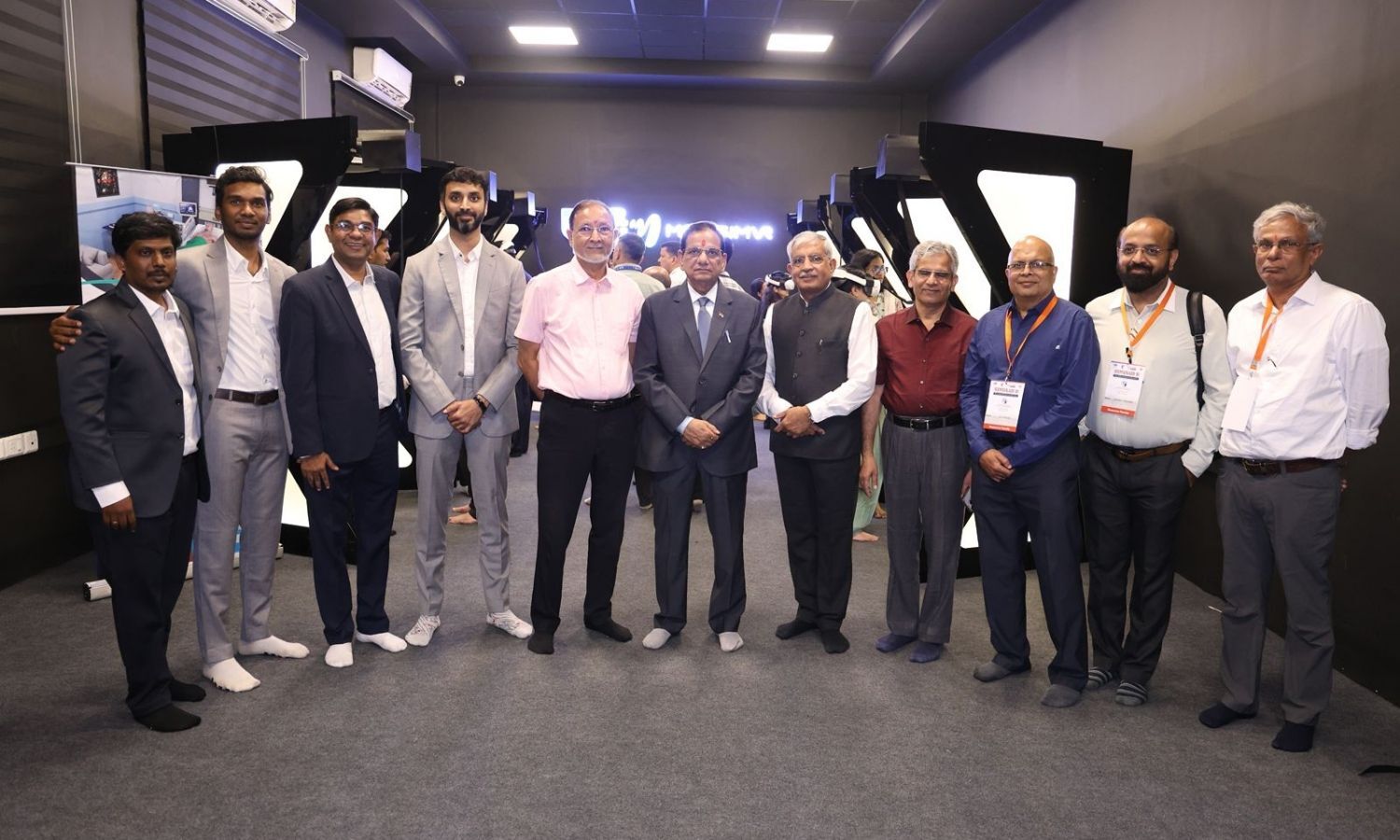September 24, 2025
2 min read
Key takeaways:
- Results showed PROMIS Physical Function scores improved in the MIS group vs. the open repair group.
- VAS scores also showed improvement in the MIS group vs. the open repair group.
Minimally invasive Achilles repair may effectively reduce complications in patients with Achilles insertional tendinopathy vs. open repair, according to data presented at the American Orthopaedic Foot & Ankle Society Annual Meeting.
“The minimally invasive procedure had less complications related to wound and infection, and the outcome studies showed similar results,” Dominic S. Carreira, MD, orthopedic surgeon at Peachtree Orthopedics and clinical instructor of orthopedics at Atlanta Medical Center, told Healio. “The endoscopic approach can be considered in Achilles insertion surgery.”

Carreira, Jorge I. Acevedo, MD, and colleagues performed a prospective cohort study of 58 patients with insertional Achilles tendinopathy who underwent either MIS (n = 34) or open repair (n = 24).
In his presentation at the meeting, Acevedo, foot and ankle surgeon at Southeast Orthopedic Specialists and president-elect of the American Orthopedic Foot and Ankle Minimally Invasive Surgery Society, said the MIS technique was a novel endoscopic technique with MIS calcaneoplasty and knotless double-row reattachment with rip-stop sutures, while the open repair was a standard central splitting tendon incision with debridement and double-row anchor fixation.
Outcome measures included Patient-Reported Outcomes Measurement Information System (PROMIS) scores, Foot and Ankle Ability Measure scores and VAS pain scores.
According to Acevedo, patients in the MIS group had statistically significant improvements in PROMIS Physical Function scores and VAS scores vs. the open repair group. In addition, the MIS group had lower complication rates compared with the open repair group.
Foot and Ankle Ability Measure scores trended toward improvement in the MIS group vs. the open repair group as well, but the results were not statistically significant, according to Acevedo.
“This supports the broader use of MIS in appropriately selected patients with insertional Achilles tendinopathy,” Acevedo said.
But Carreira said there is a significant learning curve associated with the endoscopic MIS Achilles technique.
“The technical challenge of an endoscopic approach is significant, and being comfortable with endoscopy and arthroscopy as a surgeon is an important consideration in performing a surgery like this,” Carreira said. “An endoscopic approach has a significant learning curve but can be considered, especially with training and significant cadaver work in addition to just being a skilled arthroscopist or endoscopist.”
In the future, Carreira said larger, multicenter studies will continue to track long-term outcomes in minimally invasive Achilles insertional surgery.
For more information:
Jorge I. Acevedo, MD, can be reached at ace4foot@gmail.com.
Dominic S. Carreira, MD, can be reached at dcarreira@gmail.com.










